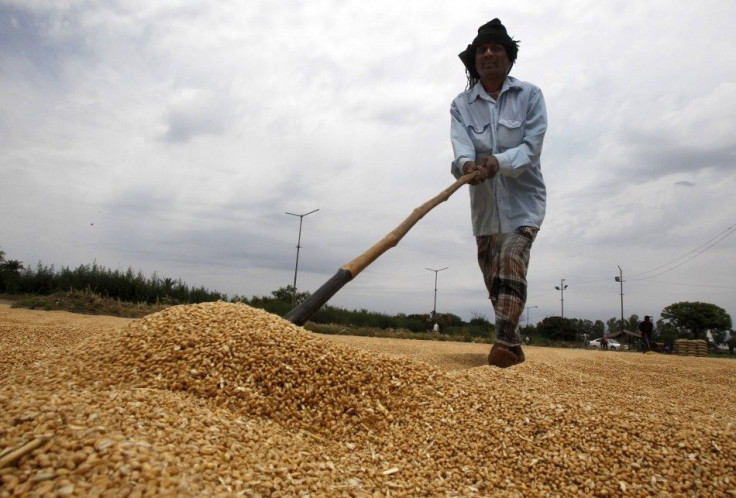2014 El Niño Is In by July – Australia

From mere speculation, Australia's Bureau of Meteorology has confirmed the high probability of an emerging El Niño at 70 per cent and that it will begin to be felt as early as July.
Sub-surface sea temperatures had warmed by as much as 6 degrees in recent months, prompting the bureau to warn that the 2014 El Niño could be one of the strongest in nearly two decades. The El Niño weather pattern can cause both floods and drought in different parts of the globe.
"Climate models surveyed by the bureau suggest El Niño development is possible as early as July ... We are at El Niño 'Alert' level," the bureau said in the update in its Web site. The previous alert status was 'Watch' where models predict only a 50 per cent chance of emergence.
Weather forecasters from India, however, said the July announcement was rather hasty.
"There is consensus about El Niño occurring some time during the monsoon season but there's uncertainty yet about when it would develop and how strong it would be," D Sivananda Pai, lead monsoon forecaster in India Meteorological Department, was quoted by the Times of India.
What's guaranteed, regardless of whether El Niño comes in on July or later, the weather phenomenon will disrupt cycles and bring drought across the Asia-Pacific region and heavier-than-usual rains to South America.
Food agriculture markets around the world have been advised to conduct the necessary preparations as farmers fight to contend severe drought or too much rain.
Among those to be affected include cane, palm oil, wheat, sugar, cocoa, coffee and rice.
A number of countries in the Asia, such as the Philippines, had started cloud-seeding in preparation for the weather event.





















